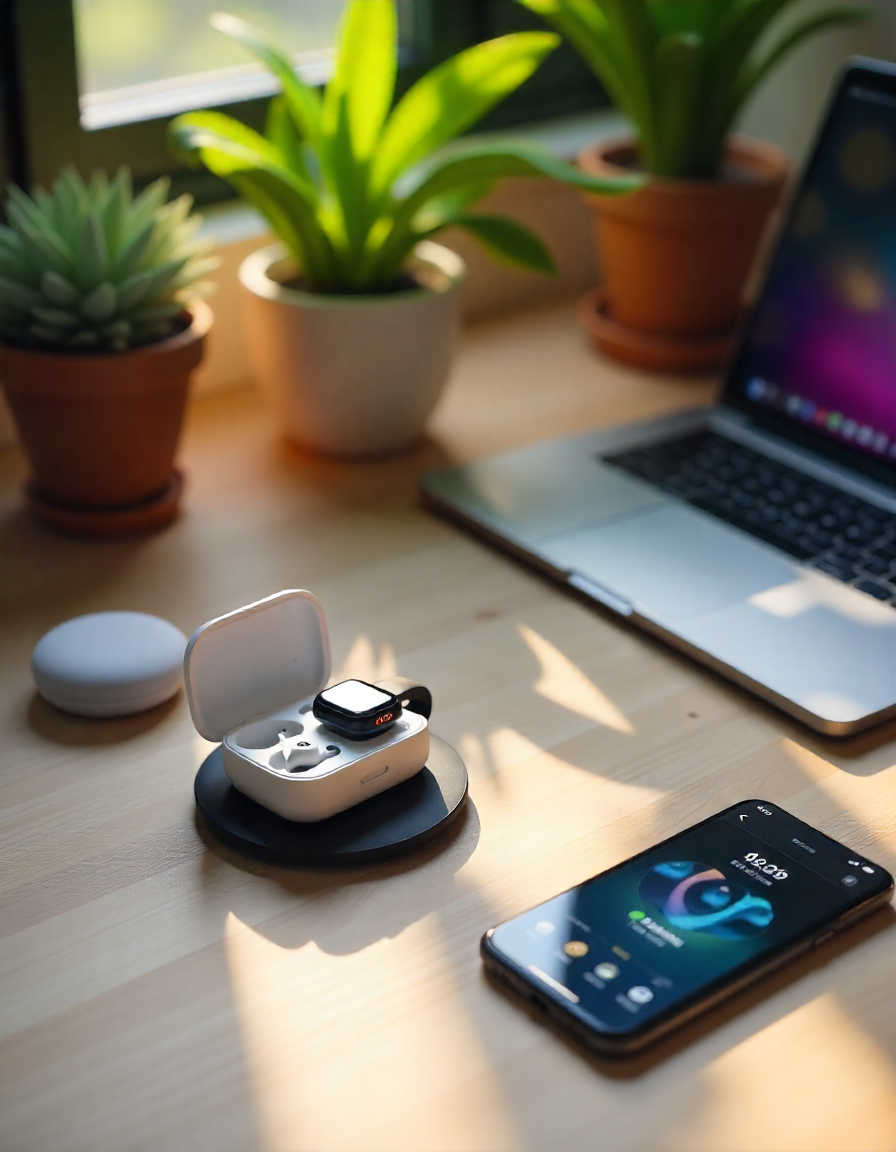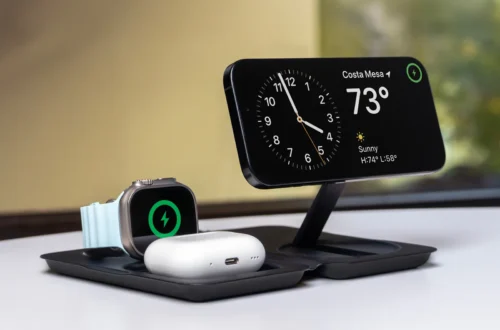Ten years ago, most consumer gadgets fell into two categories: essential tools or fun extras. A smartphone was essential. A smart speaker? A nice-to-have. Fast forward to today, and the line between “extra” and “indispensable” has blurred. Devices once considered niche are now built into our daily routines — sometimes so seamlessly we barely notice.
The change didn’t happen overnight. It’s been a steady integration of hardware, software, and cloud connectivity that turned certain gadgets from novelties into fixtures of modern living.
1. The Wearable Shift
Early fitness trackers mainly counted steps and told time. Now, wearable devices like smartwatches and health bands track heart rates, detect irregular rhythms, measure blood oxygen levels, and even offer ECG functions.
These devices are:
-
Acting as early warning systems for health issues.
-
Encouraging consistent exercise and sleep routines.
-
Serving as payment tools and digital IDs.
For many, a smartwatch has quietly replaced the need to pull out a phone for basic tasks, from reading texts to controlling music.
2. Smart Home Devices as the New Infrastructure
What started with smart lightbulbs and plugs has grown into full ecosystems. Home assistants now integrate with:
-
Thermostats that learn your schedule.
-
Cameras that notify you of motion.
-
Appliances that alert you when maintenance is needed.
While some view them as conveniences, for others — particularly those with mobility challenges — these tools are life-changing.
3. Audio Tech: From Background Noise to Immersion
Headphones and speakers have evolved beyond simple audio playback. Today’s devices use adaptive sound modes, spatial audio, and noise cancellation that automatically adjusts based on your surroundings.
Key trends:
-
Earbuds that double as hearing enhancement tools.
-
Smart speakers as hubs for home automation.
-
Sound personalization based on your hearing profile.
The shift is from listening to experiencing.
4. Portable Power and Connectivity
A decade ago, a portable charger was a niche accessory. Now, with power-hungry devices and work-from-anywhere lifestyles, portable energy solutions are essential. Solar-powered chargers, fast-charge battery packs, and compact travel routers are part of the modern mobile toolkit.
These enable:
-
Remote work without worrying about outlets.
-
Reliable connectivity in places with weak networks.
-
Emergency readiness during power outages.
5. Cameras in Everything
Once separate purchases, cameras are now embedded in laptops, doorbells, cars, and even refrigerators. The result is a world where visual data is part of countless everyday decisions — from checking who’s at the door to scanning receipts for expense reports.
Emerging uses:
-
AI-assisted photography for better low-light shots.
-
Automatic transcription of visual content.
-
Real-time translation via camera input.
6. The Rise of Niche, Purpose-Built Gadgets
Not every successful gadget needs mass appeal. Specialized tools — like smart notebooks that digitize handwritten notes, or pocket translators for travelers — show that smaller, targeted audiences can still drive innovation.
These products thrive by:
-
Solving specific, overlooked problems.
-
Serving passionate user communities.
-
Avoiding direct competition with tech giants.
7. Privacy as a Selling Point
With more devices collecting data, concerns about surveillance have grown. Some gadget makers now compete on privacy, offering:
-
On-device data processing instead of cloud storage.
-
Physical kill switches for cameras and microphones.
-
Transparent, minimal data collection policies.
For many buyers, trust is now as important as technical specs.
8. Modular and Repair-Friendly Designs
Disposable electronics are losing favor as consumers seek longer-lasting investments. New gadgets with replaceable batteries, upgradeable components, and easy-to-repair builds appeal to both eco-conscious buyers and those tired of annual upgrades.
Benefits:
-
Lower total cost over the device’s lifespan.
-
Reduced environmental impact.
-
Increased brand loyalty from repair-friendly practices.
9. Gadgets That Fade Into the Background
The most successful gadgets often don’t demand constant attention. Instead, they integrate quietly — a thermostat that adjusts without prompting, a wearable that logs your sleep without nightly setup, or a kitchen scale that auto-syncs recipes.
The focus is shifting from wow factor to invisible utility.
10. What’s Next?
Looking ahead, expect more:
-
AI-driven personalization in every category.
-
Cross-device ecosystems that anticipate your needs.
-
Energy-efficient designs that extend battery life dramatically.
The winners will be gadgets that solve real problems without creating new ones — tools that work so naturally you forget they’re even there.
Final Thought
Gadgets are no longer just accessories to life; for many, they’re the infrastructure. They manage our schedules, protect our homes, monitor our health, and connect us to the world. The future isn’t about adding more devices — it’s about refining them so they serve us with less friction and more benefit.
If the last decade was about learning what technology can do, the next will be about deciding what it should do.




